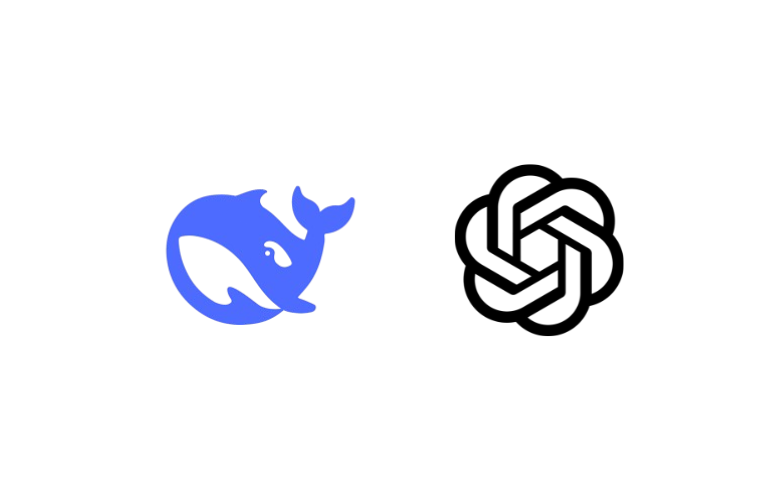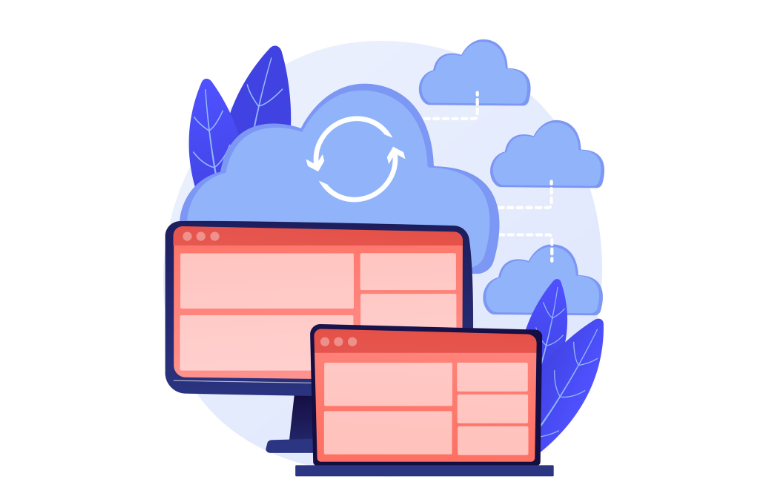The demand for AI-powered tools is surging, but selecting the right API for your project can be challenging. DeepSeek API and OpenAI are two prominent contenders in the natural language processing (NLP) space, each catering to different needs. Whether you’re building a chatbot, automating workflows, or analyzing data, this DeepSeek API vs. OpenAI guide will help you choose the best fit based on pricing, features, scalability, and real-world use cases.
Overview: DeepSeek API and OpenAI
What Is DeepSeek API?
DeepSeek API is a cost-effective AI platform designed for startups and developers seeking lightweight, customizable NLP solutions. Launched in 2021, it focuses on speed and affordability, offering models optimized for tasks like sentiment analysis, content moderation, and basic chatbots. Its modular architecture allows developers to integrate AI into apps without heavy computational demands.
What Is OpenAI?
OpenAI, founded in 2015, is a pioneer in generative AI, renowned for models like GPT-3.5, GPT-4, and DALL-E. Its APIs power enterprise-grade applications, from customer service automation to creative content generation. With robust documentation and a massive developer community, OpenAI is the go-to for projects requiring cutting-edge accuracy and scalability.
Key Features Comparison
1. NLP Capabilities
Both platforms handle text generation and analysis, but their approaches differ:
OpenAI:
- Models: GPT-3.5 Turbo, GPT-4, and specialized variants.
- Strengths:
- Generates human-like, context-aware responses.
- Excels in creative writing, code generation, and multi-turn conversations.
- Supports up to 128k tokens (GPT-4) for processing long documents.
- Limitations: Higher latency in complex tasks compared to lightweight models.
DeepSeek API:
- Models: Task-specific models (e.g., sentiment analysis, keyword extraction).
- Strengths:
- Delivers faster response times for simple queries.
- Optimized for non-English languages (e.g., Chinese, Spanish).
- Minimal computational overhead.
- Limitations: Struggles with nuanced or open-ended prompts.
2. Customization and Flexibility
Tailoring models to your needs is critical for niche projects:
DeepSeek API:
- Offers full model fine-tuning even on free tiers.
- Developers can train models with small datasets (1,000+ records).
- Modular design lets users plug in custom pre-processing rules.
OpenAI:
- Fine-tuning is restricted to GPT-3.5 Turbo and requires approval.
- Relies on prompt engineering for customization.
- Better suited for general-purpose tasks without heavy tweaking.
3. Pricing and Scalability
Costs escalate with usage, so choose wisely:
| Factor | DeepSeek API | OpenAI |
| Base Cost | $0.002 per 1k token | $0.006 per 1k tokens |
| Fine-Tuning | Free (public beta) | $0.008 per 1k tokens |
| Support | Community forums | 24/7 enterprise support |
| Max Tokens | 4k per request | 128k (GPT-4) |
DeepSeek API is ideal for small-scale projects, while OpenAI justifies its cost for large enterprises needing reliability and advanced features.
Use Cases: Where Each Platform Shines
When to Choose DeepSeek API
- Budget-Conscious Startups: Build a basic FAQ chatbot for under $50/month.
- Non-English Projects: Optimize models for regional languages without extra costs.
- Rapid Prototyping: Test ideas quickly with minimal setup.
Example: A local e-commerce store uses DeepSeek to auto-filter product reviews by sentiment.
When to Choose OpenAI
- Enterprise Automation: Deploy a GPT-4-powered customer support agent.
- Content Creation: Generate SEO articles or marketing copy with human-like quality.
- Research & Analysis: Summarize lengthy reports or extract insights from unstructured data.
Example: A SaaS company uses OpenAI to convert user queries into SQL database commands.
Pros and Cons Summary
DeepSeek API
✅ Pros:
- Low-cost entry point.
- Flexible fine-tuning.
- Lightning-fast for simple tasks.
❌ Cons:
- Limited model variety.
- Fewer community resources.
OpenAI
✅ Pros:
- Industry-leading model quality.
- Massive developer community.
- Regular updates and new features.
❌ Cons:
- Expensive at scale.
- Complex setup for beginners.
5 Key Questions to Pick the Right Tool
1. What’s your monthly AI budget?.
2. Do you need multilingual support?
- DeepSeek offers better non-English performance.
3. Are you processing large documents?
- OpenAI’s 128k token limit is unmatched.
4. How technical is your team?
- OpenAI requires prompt engineering expertise.
5. Is data privacy a priority?
- Both offer GDPR compliance, but OpenAI has stricter data governance.
Final Verdict: DeepSeek API vs. OpenAI
- For Startups/SMBs: DeepSeek API wins with its affordability and ease of use. It’s perfect for MVP development or handling predictable tasks.
- For Enterprises: OpenAI is worth the investment for its superior accuracy, scalability, and support.
Pro Tip: Use DeepSeek for prototyping, then migrate to OpenAI as your project scales.




